Menu
Trees are silent giants in our environment that require proper care to thrive. One of the most crucial aspects of their care is watering. Watering trees may seem straightforward, but some specific methods and techniques ensure they receive the hydration they need without causing harm. As a reputable tree care company, Driscoll Tree Service can provide guidance and pertinent information to ensure your yard remains lush and appealing. Here's a guide to the best way to water trees without compromising health and longevity.
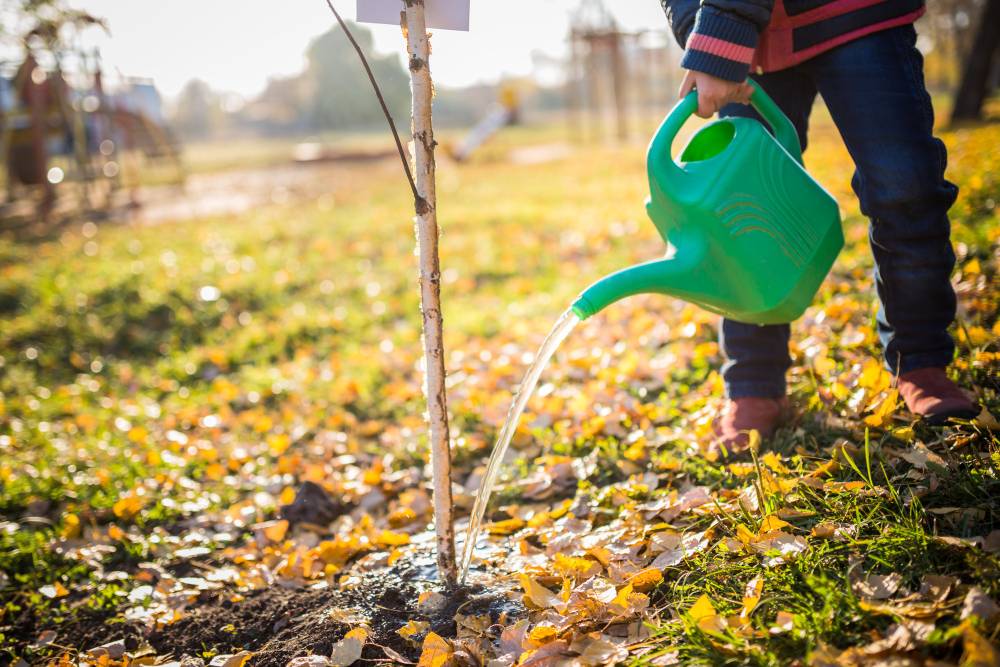
Different trees have varying watering needs depending on their age, species, and the environment in which they grow. Young trees often have shallow root systems that require more frequent watering than established trees. On the other hand, mature trees have deep and extensive roots that can go longer between watering sessions. Understanding these differences is crucial, as it allows you to tailor your watering practices, ensuring healthy growth without risking premature tree removal emergencies.
Surface watering is tempting, especially when you see dry soil around the base of a tree. However, trees benefit most from deep watering, encouraging roots to grow deeper into the soil. Tree service professionals recommend deep watering, which involves soaking the soil to a depth of at least 12 to 18 inches so that the water reaches the tree's root zone. This method helps the tree develop a robust and extensive root system, making it more resilient to drought and other stressors. A slow trickle from a hose or soaker hose can achieve this, allowing water to penetrate deep into the ground without running off.

Mulching goes a long way to ensure proper watering. By spreading a layer of organic mulch, such as wood chips or bark, around the tree's base, it goes a long way to maintain moisture in the soil. Mulch reduces evaporation and keeps the soil cool. It also prevents weed growth, which can compete with the tree for water. When applying mulch, it's essential to avoid piling it against the trunk, as this can lead to rot, infections, and tree removal emergencies. Certified arborists can ensure suitable mulch material and thickness, mitigating evaporation or water damage.
When you water your trees, it is just as important as how you water them. The best time to water trees is in the early morning or late evening when temperatures are more relaxed and evaporation rates are lower. Watering during these times ensures more water reaches the tree's roots rather than evaporating in the day's heat. In addition, this timing helps to prevent fungal diseases, which thrive in the damp conditions of nighttime if the leaves remain wet for too long. If you prefer a more hands-off approach, hire a tree care company to tailor a maintenance plan that aligns with your plants' needs.
Overwatering is a common mistake that can harm trees as much as underwatering. It can lead to root rot, suffocation of the roots, and other issues. Signs of overwatering include yellowing leaves, poor growth, and soggy or foul-smelling soil around the tree's base. To avoid overwatering, check the soil moisture before watering. If you require professional expertise, hire a simple tree service provider to test this and recommend effective solutions.
Watering trees might seem simple, but it requires attention to detail and understanding their needs. By practicing the tips mentioned, you can ensure your trees remain healthy and robust. Contact us at Driscoll Tree Service and schedule a consultation with our arborists to implement these techniques effectively and provide long-term health and resilience.
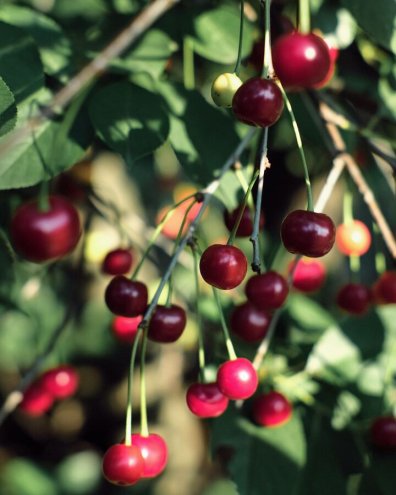
Summer Pruning Tips for Cherry and Apricot Trees Tree pruning is vital for optimum health and longevity. It is the equivalent of a haircut, as it enhances aesthetics and prevents diseases. Unfortunately, many homeowners prefer handling yard maintenance alone, which…
Read More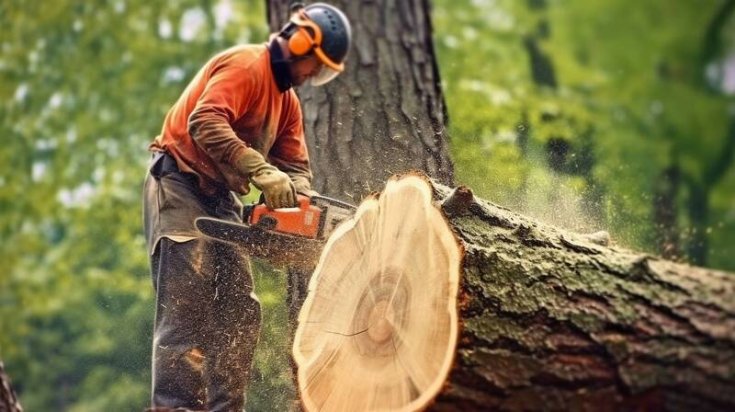
How to Effectively Remove Large Trees with Roots Large trees have vast root systems, which are crucial for proper growth and good health. While trees are magnificent entities that provide many benefits, there are times you need to remove them.…
Read More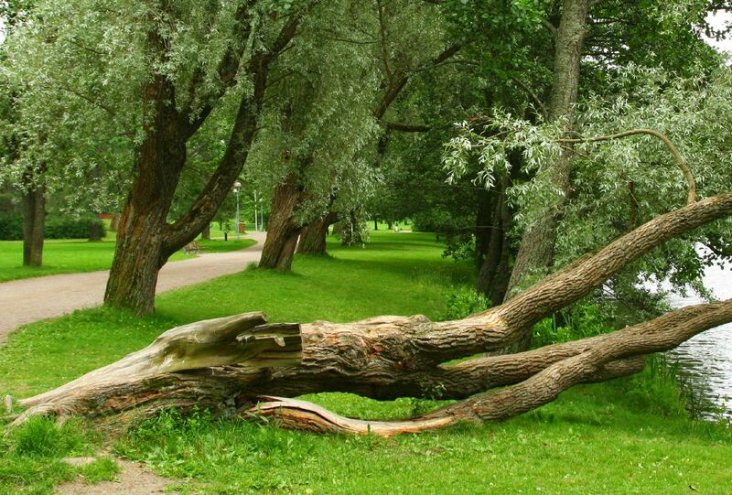
Why are My Tree Branches Falling Off? As the summer temperatures rise, the tranquility of your garden may be disrupted by branches falling off your trees. Unlike the more common storm or ice damage, these occurrences can leave you puzzled,…
Read More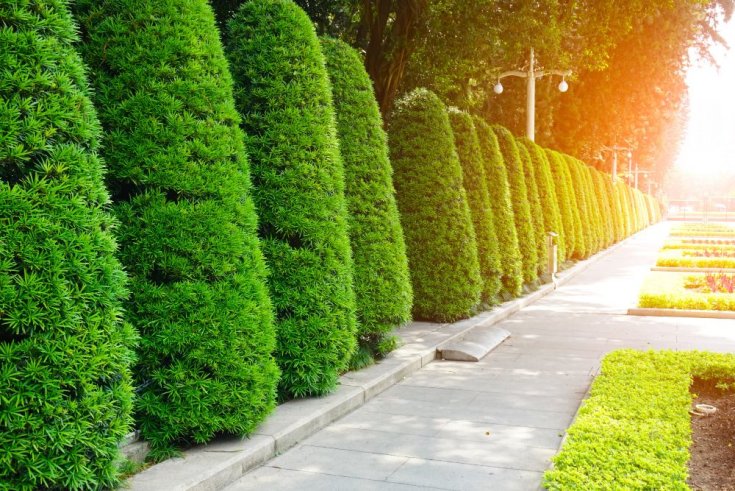
The Best Landscaping Services for Residential and Commercial Properties Landscaping enhances residential and commercial properties’ aesthetic appeal, functionality, and overall value. When most people think of landscaping, images of lush green lawns and vibrant gardens come to mind. However, landscaping…
Read More
6 Tree Pruning Tools Pros Use When caring for your trees, there is no room for compromise. Professional arborists understand the importance of using the right tools for the job. Whether it’s trimming branches for aesthetics or maintaining the health…
Read More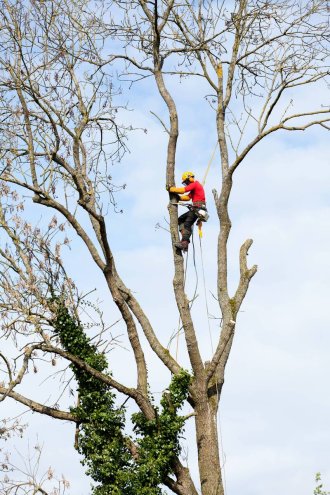
Fall Lawn and Landscape Care Tips As the vibrant colors of summer fade and fall begin to take over, it's essential to focus on lawn and landscape care. Fall is crucial for yard care as you prepare for the colder…
Read More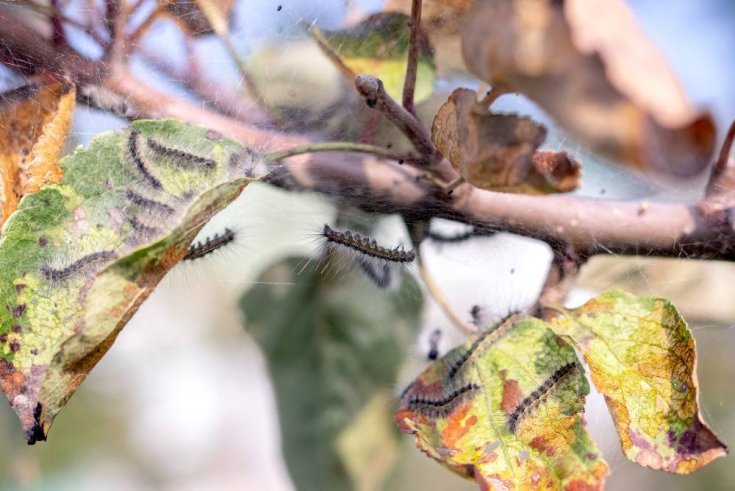
How to Help Prevent Tree Pests Trees are vital to our environment, providing many benefits like shade, oxygen, and beauty. However, they are also susceptible to pests that can cause significant damage and premature tree removal if left unchecked. Driscoll…
Read More
Harmful Pests for Your Trees Trees are beautiful, essential for our environment, and vulnerable to various pests that can cause significant damage. These pests can compromise the health and longevity of trees, leading to their decline or even death. Tree…
Read More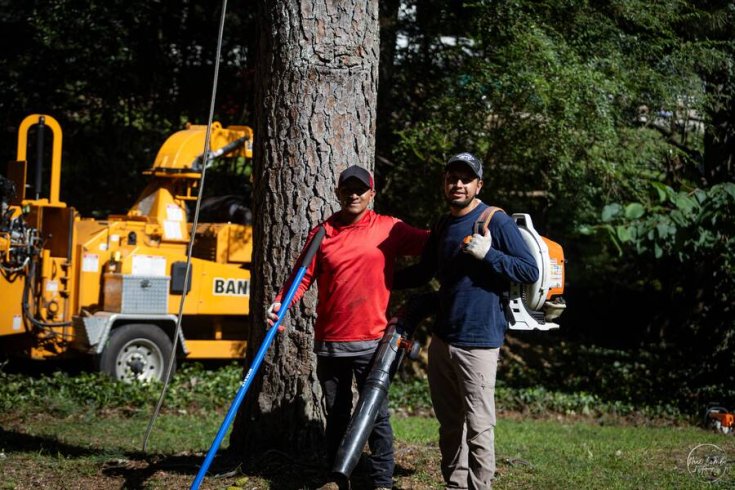
Why Should You Hire a Tree Company for Safely Tree Removal On the face of it, you may think that tree removal is a DIY task. After all, it’s all about wielding a chainsaw and felling a tree, right? Wrong.…
Read More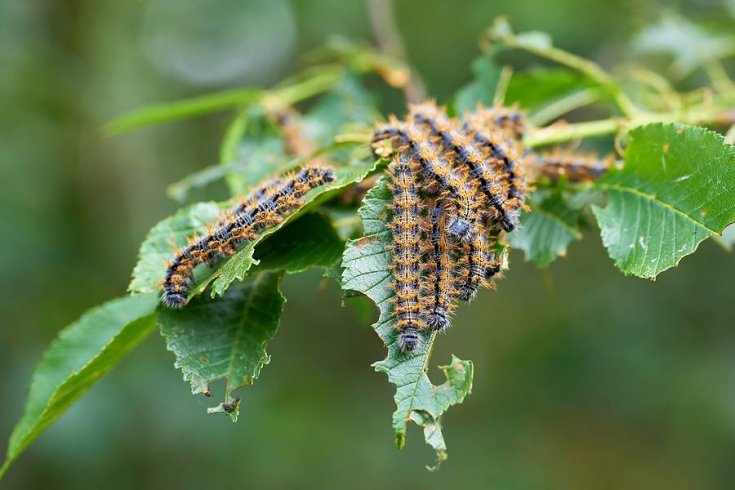
Things That Might Kill Your Beautiful Trees Homeowners strive to have a gorgeous yard with stunning trees. However, routine care is essential to maintain optimal health and longevity. At Driscoll Tree Service, we aim to help you keep your trees…
Read More